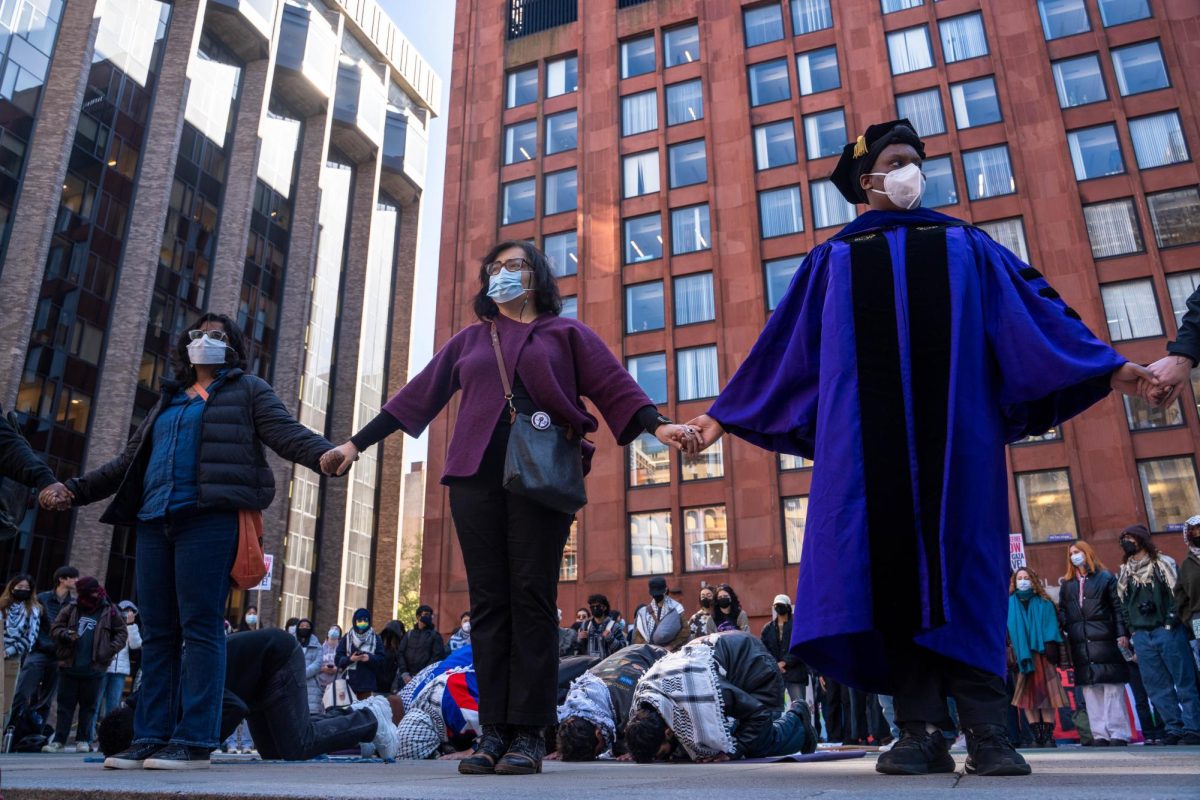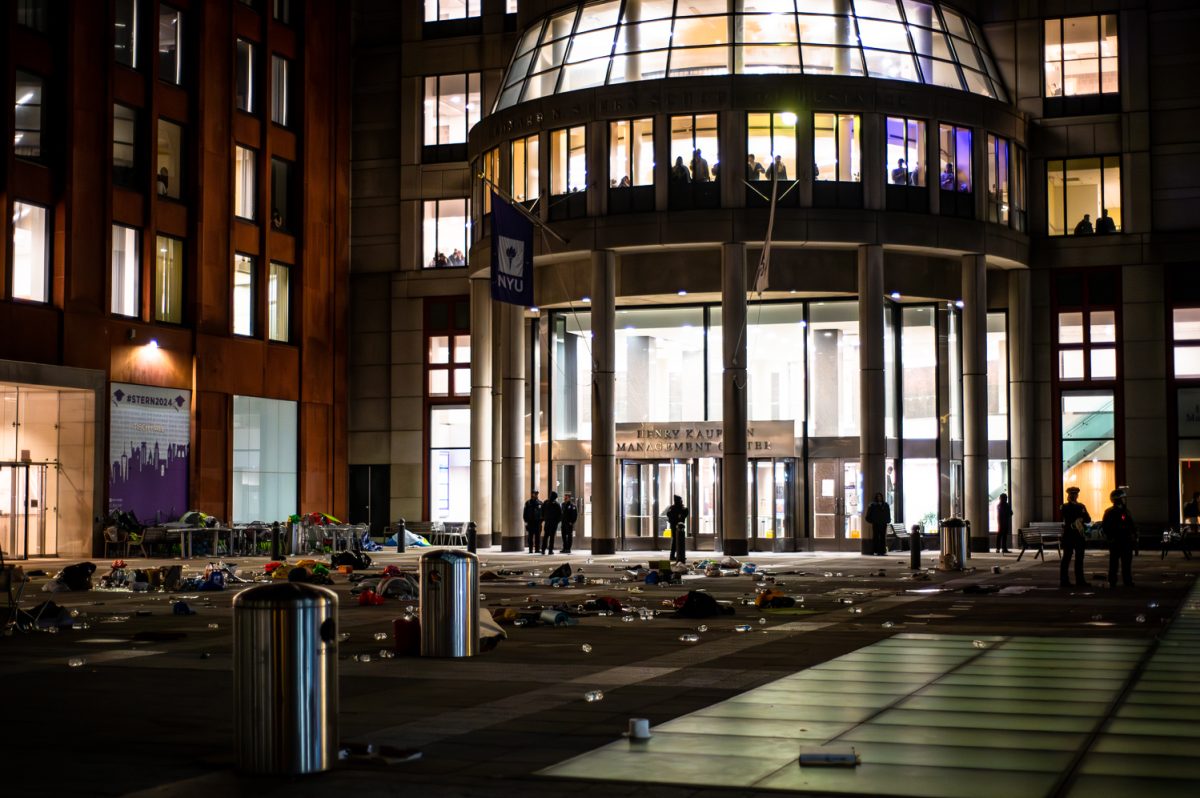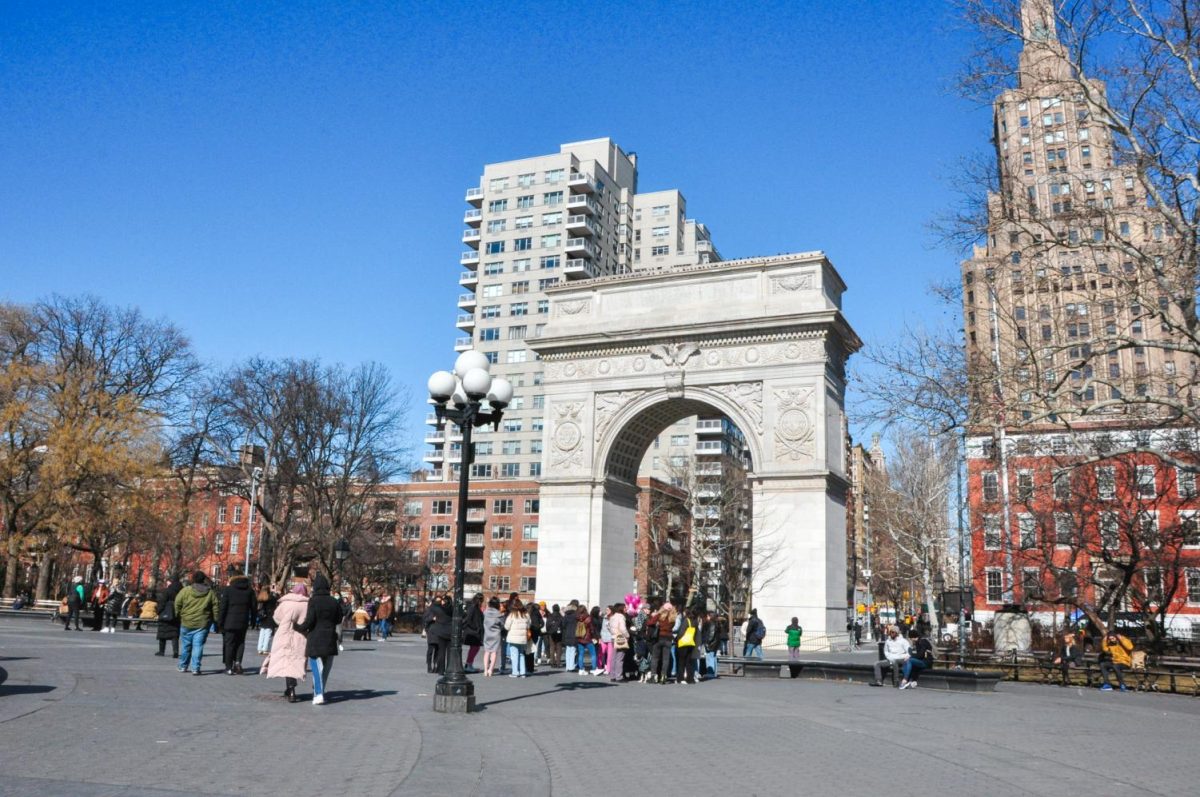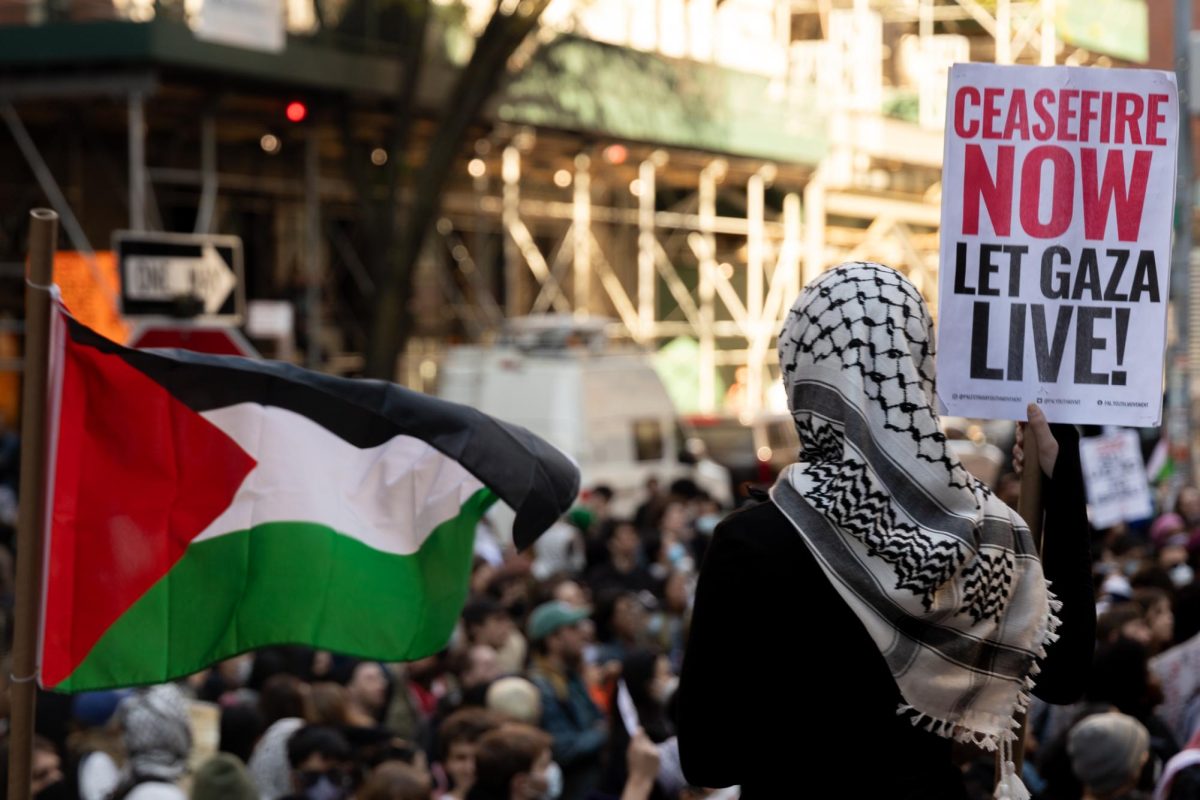We have heard the shocking stories — thousands of homes were flooded, millions lost power and, most tragically, more than one hundred people died. Hurricane Sandy was an unprecedented storm that affected and will continue to affect countless families and businesses in the northeastern United States for a long time. Numbers cannot come close to describing the hardships that have struck so many.
That is why the following numbers are unbelievable: 1.5 million people are now at serious risk of hunger, and 70 percent of the country’s crops have been destroyed. These numbers are part of Hurricane Sandy’s aftermath in Haiti.
In the majority of developing countries with little or no safety nets, a disaster of this magnitude often produces damages of a sustained and acute nature. Haiti is a country that relies heavily on their crops for subsistence agriculture, and many of those who bore the brunt of the storm were those still in tents as a result from the 7.0-magnitude earthquake in 2010.
Another dangerous threat is the potential outbreak of cholera, an often deadly disease that spreads rapidly in areas with inadequate sewage and drinking water. Since the devastating Haiti earthquake in 2010, around 600,000 Haitians have contracted the disease and over 7,500 have died. These hardships, along with damaged infrastructure, inaccessibility to swaths of the country, loss of power in much of the affected areas even before the storm and widespread poverty, make the relief effort that much more difficult. There have been calls from the government and NGOs for international help, but budgets and donations are understandably thin. It is reasonable to say that Haiti needs to fix its structural problems, and aid cannot resolve that. Still, there is a difference between long-term fixes to structural problems and emergency relief for those on the brink of survival.
Being a new resident to New York City and one who has never seen a storm such as this, one thing that sticks with me in addition to the tragedies so many face is the hope, compassion and courage of the masses; the men, women and children working together to rebuild everything they have lost and trying to move forward; and citizens giving so much to people they likely will never meet again. When I visited the Salvation Army and Red Cross offices, I was brought to tears by the sight of everyone coming together as one — staff and volunteers, both those who had been affected by the storm and those who had not, including many who came from all over the country.
There is undoubtedly so much still to be done to help this great city and country to recover, but I hope we also continue to do whatever we can for the people of Haiti as well.
Shamir Tanna is a contributing columnist. Email him at [email protected].










































































































































